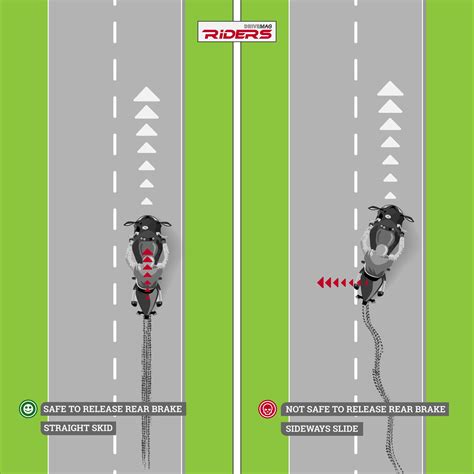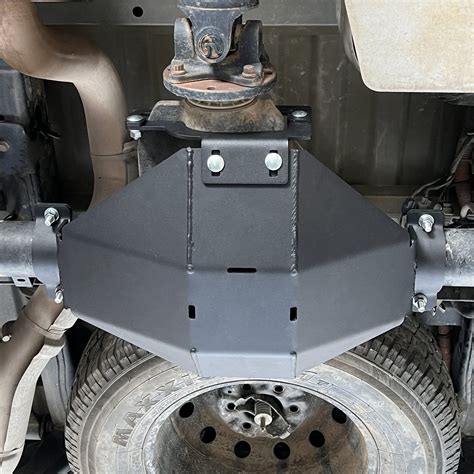recoveribg from 4 wheel skid steer An oversteer skid occurs when the rear tires lose grip, and the rear of the vehicle starts to slide sideways. This most often occurs because of . See more CASE offers a range of mini excavators for various applications, from diesel to electric, zero tailswing to conventional, up to 6 metric ton weight class. Learn about the features, benefits and special offers of these compact diggers that crush big workloads.
0 · snowbank skid recovery
1 · rear wheel drive skids recovery
2 · rear end skids recovery
3 · how to recover from snow skids
4 · how to recover from skids in winter
5 · how to recover from a skid
6 · front wheel skid recovery
7 · best way to recover skids
The mini excavator—a smaller cousin to the large excavators—is extremely important in its own way. In this video, we are going to show you how to operate our mini .

snowbank skid recovery
Wheelspin occurs when you try to accelerate too abruptly or enthusiastically for the available traction. The tires will start to spin at a faster . See moreWheel lockup occurs when you try to brake too aggressively or suddenly for the surface you’re on. The tires will essentially stop turning while the . See moreAn oversteer skid occurs when the rear tires lose grip, and the rear of the vehicle starts to slide sideways. This most often occurs because of . See moreThe counterskid occurs when you have met with oversteer and failed to correct appropriately. The rear end of the vehicle will skid back and forth, often building momentum with each swing. If you don’t fix the first or second skid, you’ll often generate enough . See more
An understeer skid occurs when the front tires lose grip, and the car is unable to turn around a corner. It’s often referred to as “plowing” or “pushing,” and it most often occurs when you . See more If you are in an over-steer skid and your car has front wheel drive, a light touch to the throttle can transfer weight to the rear wheels helping them regain traction. These techniques may be best practiced in a slippery empty parking lot before trying them in an emergency.Learn the causes and types of skids, and how to avoid and correct them with simple techniques. The key to safe skid recovery is to turn the steering wheel in the direction you want the front of the car to go, and counter steer when needed.
A skid occurs when there isn’t enough friction between tire and road, and can happen in wet or icy conditions. Learn how to prevent and recover from front wheel and rear wheel skids, and why you should not panic or over-correct. The exact techniques for recovering from a skid depend on the situation. For front wheel skids, the Practical Motoring website recommends easing off the accelerator or the throttle to allow the vehicle to slow down. This allows the wheels to grip the ground again before the . Learn the difference between oversteer and understeer skids, and the best way to handle them. The key to safe skid recovery is to get off the gas, keep your foot off the brakes, and turn the steering wheel in the direction you want to go.Regardless of whether the vehicle has front-, rear- or four-wheel drive, the best way to regain control if the front wheels skid is: 1. Continue to look where you want to go. 2. Steer in the direction you want the front of the vehicle to go. 3. Avoid slamming on the brakes.
Learn how to recover from a skid and avoid a spin by focusing on a visual target and adjusting your steering and braking. Find out the difference between front and rear tire skids and how to handle them. Learn how to handle wheelspin, wheel lockup, understeer, oversteer, and power-on skids on wintery roads. The web page explains the causes and solutions for each type of skid, and gives tips for driving safely in slippery conditions. If you are in an over-steer skid and your car has front wheel drive, a light touch to the throttle can transfer weight to the rear wheels helping them regain traction. These techniques may be best practiced in a slippery empty parking lot before trying them in an emergency.
Learn the causes and types of skids, and how to avoid and correct them with simple techniques. The key to safe skid recovery is to turn the steering wheel in the direction you want the front of the car to go, and counter steer when needed. A skid occurs when there isn’t enough friction between tire and road, and can happen in wet or icy conditions. Learn how to prevent and recover from front wheel and rear wheel skids, and why you should not panic or over-correct.
The exact techniques for recovering from a skid depend on the situation. For front wheel skids, the Practical Motoring website recommends easing off the accelerator or the throttle to allow the vehicle to slow down. This allows the wheels to grip the ground again before the driver presses the accelerator.
Learn the difference between oversteer and understeer skids, and the best way to handle them. The key to safe skid recovery is to get off the gas, keep your foot off the brakes, and turn the steering wheel in the direction you want to go.

Regardless of whether the vehicle has front-, rear- or four-wheel drive, the best way to regain control if the front wheels skid is: 1. Continue to look where you want to go. 2. Steer in the direction you want the front of the vehicle to go. 3. Avoid slamming on the brakes.
Learn how to recover from a skid and avoid a spin by focusing on a visual target and adjusting your steering and braking. Find out the difference between front and rear tire skids and how to handle them. Recovering from Skids. The technique for recovering from skids depends on the type of skid. Over-steering (fishtailing) occurs when your rear tires loose traction and start spinning. It typically occurs when you’re driving too fast into a turn and brake hard. You start to go into a spin or fishtail. When the Wheels Get Locked. It happens when you brake aggressively on a slippery surface. It locks the tires, but the vehicle still keeps moving. The way to recover from a skid is simple. You have to release the brakes altogether and try braking again more gently after gaining the control. Learn how to handle wheelspin, wheel lockup, understeer, oversteer, and power-on skids on wintery roads. The web page explains the causes and solutions for each type of skid, and gives tips for driving safely in slippery conditions.
If you are in an over-steer skid and your car has front wheel drive, a light touch to the throttle can transfer weight to the rear wheels helping them regain traction. These techniques may be best practiced in a slippery empty parking lot before trying them in an emergency.
rear wheel drive skids recovery
Learn the causes and types of skids, and how to avoid and correct them with simple techniques. The key to safe skid recovery is to turn the steering wheel in the direction you want the front of the car to go, and counter steer when needed. A skid occurs when there isn’t enough friction between tire and road, and can happen in wet or icy conditions. Learn how to prevent and recover from front wheel and rear wheel skids, and why you should not panic or over-correct.
The exact techniques for recovering from a skid depend on the situation. For front wheel skids, the Practical Motoring website recommends easing off the accelerator or the throttle to allow the vehicle to slow down. This allows the wheels to grip the ground again before the driver presses the accelerator. Learn the difference between oversteer and understeer skids, and the best way to handle them. The key to safe skid recovery is to get off the gas, keep your foot off the brakes, and turn the steering wheel in the direction you want to go.Regardless of whether the vehicle has front-, rear- or four-wheel drive, the best way to regain control if the front wheels skid is: 1. Continue to look where you want to go. 2. Steer in the direction you want the front of the vehicle to go. 3. Avoid slamming on the brakes.Learn how to recover from a skid and avoid a spin by focusing on a visual target and adjusting your steering and braking. Find out the difference between front and rear tire skids and how to handle them.
Recovering from Skids. The technique for recovering from skids depends on the type of skid. Over-steering (fishtailing) occurs when your rear tires loose traction and start spinning. It typically occurs when you’re driving too fast into a turn and brake hard. You start to go into a spin or fishtail.

new holland 1992 skid steer model 827692
The Monster Jam models' XL-5 electronic speed control and the mini receiver are sealed .
recoveribg from 4 wheel skid steer|best way to recover skids